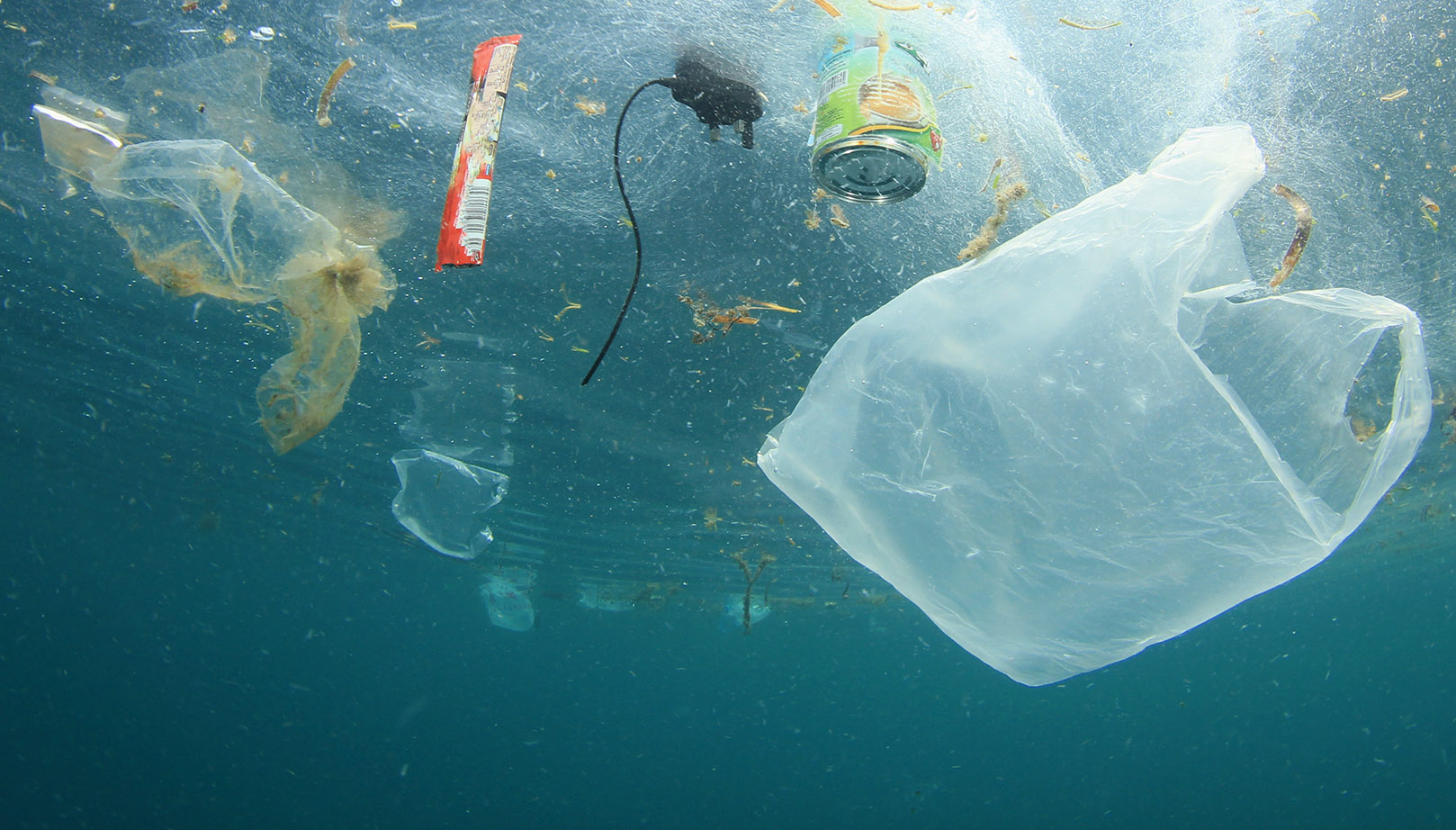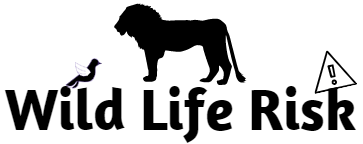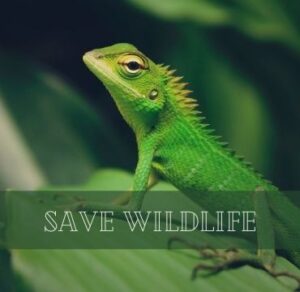Plastic Bags Effects on Marine Animals and Our Responsibilities

You might have experienced when you go for a trip to a nearby river or sea, there are tons of litter containing plastic bags and other non-biodegradable items which are mercilessly thrown in water. These are ingested by the creatures living in there, thinking of them as food, eventually reaching death’s door.
From tiny corals to majestic whales, over 700 marine species are killed either by the ingestion of plastic or entanglement, resulting in over 100 million animal deaths a year.
In this blog, we will reflect on the impacts of plastic bags on the life of different marine animals and how you can combat this issue by fulfilling your duty.
Sea Turtles
According to a recent study, sea turtles that ingest 14 plastic pieces have an increased risk of death.
The research points out that half of the sea turtles have ingested plastic worldwide. This makes them starve because their belly is already filled with the plastics that they have ingested. Their reproduction rate is also affected by plastic pollution due to altering the temperatures of the sand where incubation occurs.
Read more: Different Types of Sea Animals and Some Facts About Sea Life
Seabirds
Millions of seabirds are killed every year by plastic wastes. Many of them are found dead with their stomach full of this waste. Scientists estimate that 60 percent of all seabird species have eaten pieces of plastic, which will rise to 99 percent by 2050.
Dolphins
Dolphins have a human-like nature. They usually avoid ingesting plastics themselves. However, they are highly prone to get affected by the prey that has ingested synthetic compounds or their fins trapped in the plastic.
Corals
According to a recent study, corals that come into contact with plastic have an 89% chance of contracting disease, compared with a 4 percent likelihood for corals that don’t.
How to Overcome Plastic Pollution?
After knowing the seriousness of this issue, you must be thinking what can we do now? Should we sit idle and wait for our sea animals to die or should take some precautionary measures? Well, we believe that you certainly would like to do something for marine life to sustain forever.
- Avoid using single-use plastics. These include plastic bags, water bottles, straws, cups, utensils, dry cleaning bags, take-out containers, and any other plastic items that are used once and then discarded.
- Always use reusable grocery bags, produce bags, bottles, utensils, coffee cups, and dry-cleaning garment bags when you go out for some picnic or shopping.
- Always recycle the products that can be. Currently, only 9% of plastic is recycled worldwide. Recycling helps keep plastics out of the ocean and reduces the amount of “new” plastic in circulation.
- Join your friends, family, or any other organization intending to remove the ocean waste.
- Follow the policies of municipalities that have enacted bans on single-use plastic bags, takeout containers, and bottles in your community.
- Avoid using products that contain plastic microbeads. You can look for the ingredient labels such as “polyethylene” and “polypropylene” while buying cosmetic products for yourself.
Read more: How Climatic Change Affect Animals?







